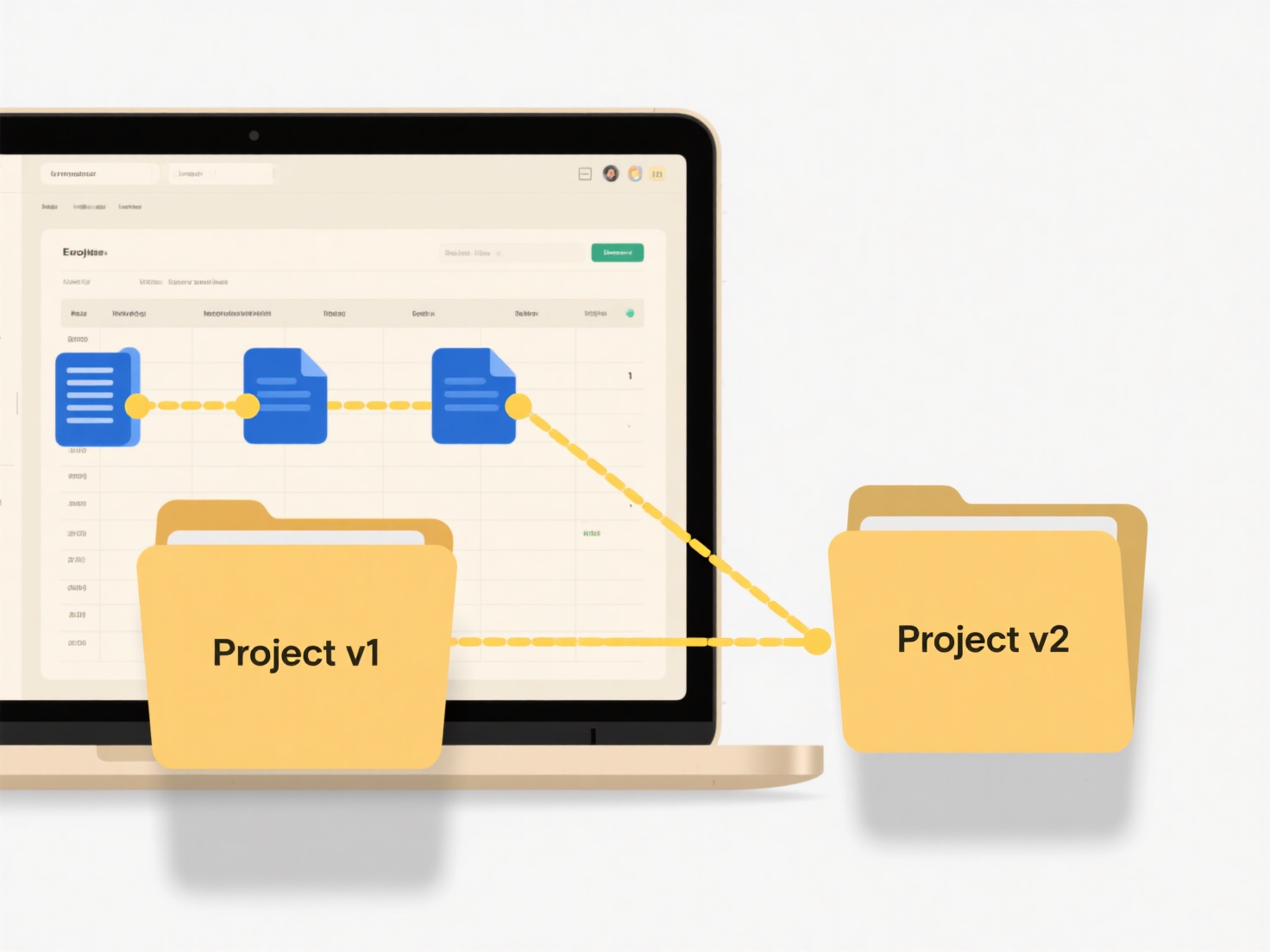
The "corrupted" message indicates an archive file (like ZIP, RAR, 7z) has become damaged or altered, making its contents unreadable or unextractable. Corruption typically occurs when the file's data changes from its original structure – this might happen if the download was incomplete, the storage medium has physical flaws, or transmission errors occurred during transfer. The archive manager software identifies this inconsistency by checking internal data patterns (like checksums) and fails validation, triggering the error message.
For instance, if you download a large software archive via an unstable internet connection and the transfer gets interrupted, the saved file might be missing crucial chunks. Similarly, moving a ZIP file to a failing USB drive could cause bits of data to become scrambled on the drive, corrupting the archive structure upon reading. Common scenarios involve downloading files over networks, using older storage devices, or virus/malware interference.

Redownloading or re-acquiring the file from the original source is the simplest solution, as corruption is often unrecoverable otherwise. Some archive tools (like WinRAR) offer limited repair functions but may not fully restore content. Corruption risks highlight the importance of using reliable storage, verifying file downloads via checksums when possible, and maintaining backups. Future data transmission protocols increasingly integrate robust error correction to mitigate these common issues.
Why does the archive say “corrupted”?
The "corrupted" message indicates an archive file (like ZIP, RAR, 7z) has become damaged or altered, making its contents unreadable or unextractable. Corruption typically occurs when the file's data changes from its original structure – this might happen if the download was incomplete, the storage medium has physical flaws, or transmission errors occurred during transfer. The archive manager software identifies this inconsistency by checking internal data patterns (like checksums) and fails validation, triggering the error message.
For instance, if you download a large software archive via an unstable internet connection and the transfer gets interrupted, the saved file might be missing crucial chunks. Similarly, moving a ZIP file to a failing USB drive could cause bits of data to become scrambled on the drive, corrupting the archive structure upon reading. Common scenarios involve downloading files over networks, using older storage devices, or virus/malware interference.

Redownloading or re-acquiring the file from the original source is the simplest solution, as corruption is often unrecoverable otherwise. Some archive tools (like WinRAR) offer limited repair functions but may not fully restore content. Corruption risks highlight the importance of using reliable storage, verifying file downloads via checksums when possible, and maintaining backups. Future data transmission protocols increasingly integrate robust error correction to mitigate these common issues.
Related Recommendations
Quick Article Links
Are software updates for Wisfile also free?
Are software updates for Wisfile also free? all software updates for Wisfile are completely free. Wisfile is commit...
Can I set a download limit on a file?
A download limit restricts the number of times a specific file can be downloaded from its shared location. This is diffe...
How do I search based on file content snippets?
Searching based on file content snippets allows you to locate files by specific words, phrases, or sequences of text fou...